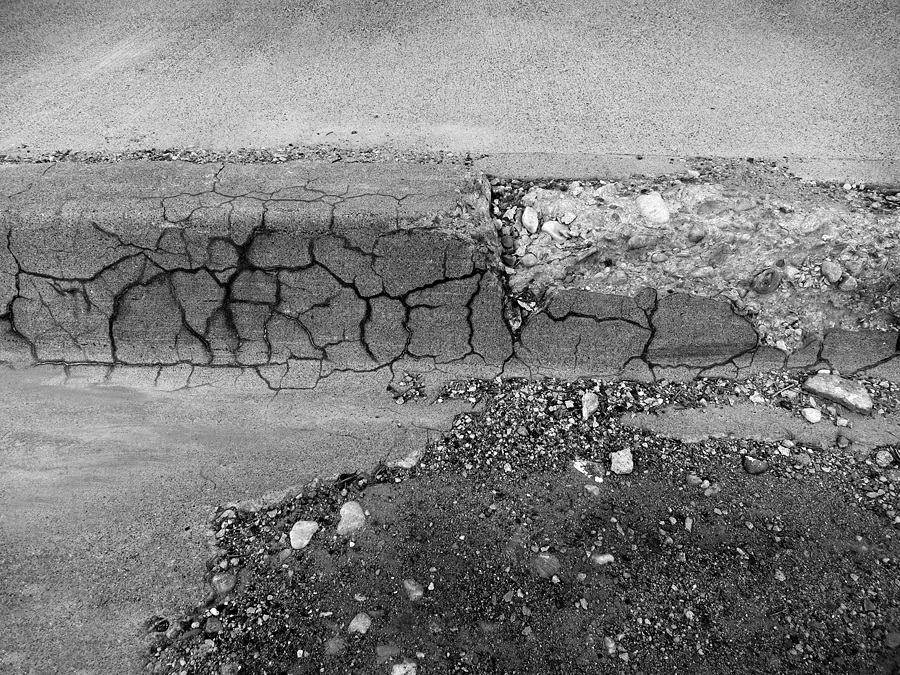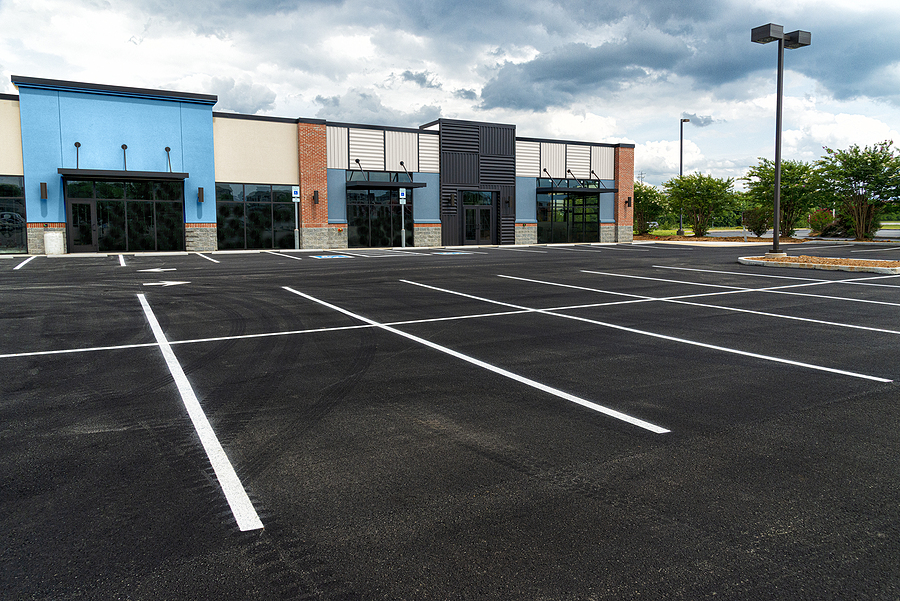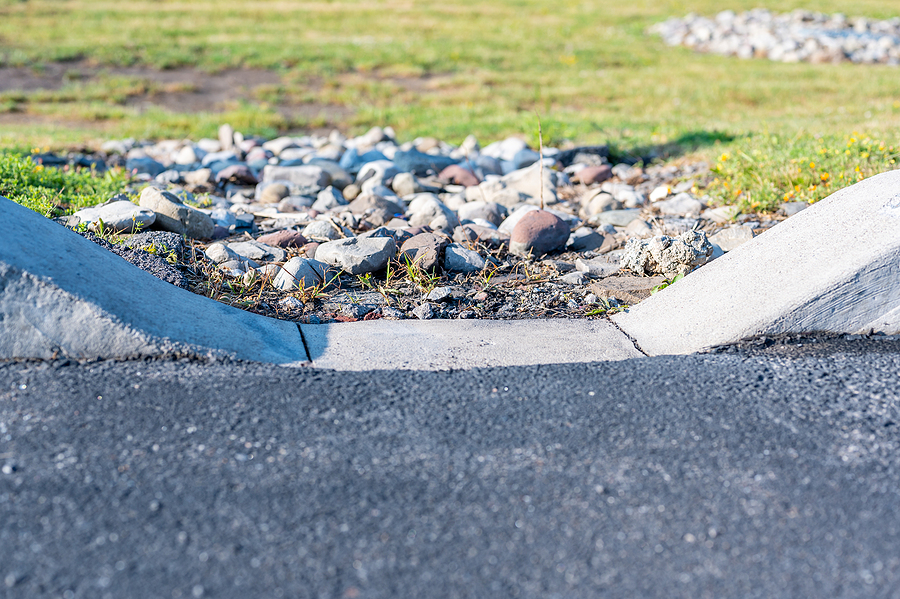As the seasons change, the sight of colorful autumn leaves can be beautiful. However, when those leaves fall and accumulate on your driveways, parking lots, and sidewalks, they create more than just a temporary mess. For property managers and homeowners, those seemingly harmless leaf piles represent a significant threat to the health and longevity of asphalt and concrete pavements. Prompt leaf clearance is a critical part of seasonal maintenance that protects your investment, ensures safety, and maintains your property’s curb appeal.
Ignoring this simple task can lead to a cascade of problems. Decaying leaves trap moisture, introduce damaging organic acids, and create hazardous conditions. Understanding the impact of fallen leaves is the first step toward implementing an effective pavement maintenance strategy that will save you time, money, and stress in the long run.
This guide will walk you through why prompt leaf clearance is so important, the consequences of neglect, and the best practices for keeping your pavements in top condition.

Why Prompt Leaf Clearance is Crucial for Asphalt and Concrete Pavements
Fallen leaves might seem harmless, but their effect on pavement surfaces is surprisingly destructive. When leaves are left to decompose, they create a host of issues that compromise both the structural integrity and safety of asphalt and concrete.
Damage from Decaying Leaves
As leaves break down, they release tannins and other organic acids that can seep into the pores of both asphalt and concrete. This process can lead to unsightly staining, which is especially noticeable on decorative concrete and pavers. More importantly, the decomposition creates a dense, soggy mat that traps moisture against the pavement surface.
Studies have shown that asphalt degradation can accelerate by up to 30% during wet seasons when moisture is trapped under leaf debris. For asphalt, this prolonged moisture retention can cause the binding agents to soften and weaken. This softening makes the pavement more susceptible to damage from vehicle traffic, leading to issues like rutting, potholes, and deformation in parking lots.
For concrete, the trapped moisture is equally problematic. Concrete surfaces with prolonged leaf cover are 20% more likely to develop surface cracks, particularly in climates with freeze-thaw cycles (Smith & Jackson, 2020). Water seeps into the concrete’s pores and, when it freezes, expands, creating immense pressure that leads to cracking and spalling.
Safety Hazards and Environmental Concerns
Beyond structural damage, uncleared leaves pose a significant safety risk. When wet, fallen leaves create an extremely slippery surface on walkways, driveways, and parking lots, increasing the risk of slip-and-fall accidents. This is a major liability concern for property managers who have a duty to maintain safe conditions for tenants and visitors.
Environmentally, piles of leaves can clog storm drains and gutters. This can lead to localized flooding and prevent proper water drainage. As the leaves decompose in the water, they release nutrients like phosphorus and nitrogen, which can run off into local waterways, contributing to algae blooms and disrupting aquatic ecosystems.
The Consequences of Neglecting Leaf Removal
Failing to address leaf buildup in a timely manner can result in costly and sometimes irreversible damage. What starts as a simple seasonal cleanup task can quickly escalate into a major pavement repair project.
Asphalt Softening and Cracking
Prolonged exposure to the moisture and acids from decaying leaves weakens the asphalt binder. This makes the surface soft and pliable, leading to rutting and depressions under the weight of vehicles. Over time, these weak spots will develop into pavement cracks and eventually potholes, requiring extensive asphalt repair.
Concrete Staining and Cracking
The tannins leached from leaves can cause deep, persistent stains on concrete surfaces that are difficult to remove. As mentioned, the trapped moisture contributes to freeze-thaw damage, causing a network of surface cracks that can worsen over time, compromising the entire concrete slab.
Increased Slip and Fall Accidents
Wet leaves are notoriously slippery. For commercial properties, a single slip-and-fall incident can lead to significant legal and financial repercussions. For homeowners, it poses a danger to family members and visitors.
Pest Infestations
Piles of damp leaves provide an ideal breeding ground for pests like insects and rodents, which can create additional problems for your property.
Water Contamination
When leaves are blown or washed into storm drains, they clog the system and contaminate the runoff water, impacting local water quality and potentially violating local environmental regulations.
Request a Pavement Repair & Sealcoating Inspection ✅
Best Practices for Effective Leaf Clearance
A proactive approach to leaf removal is the best defense against pavement damage. Integrating these practices into your seasonal maintenance routine will protect your surfaces and keep them looking their best.
Establish a Regular Schedule
Consistency is key. During peak fall season, you may need to clear leaves from high-traffic areas several times a week. Establish a regular leaf clearance schedule to prevent accumulation. Don’t wait until all the leaves have fallen to start cleaning up.
Use the Right Tools
The right equipment makes the job faster and more effective.
- Leaf Blowers: Ideal for quickly moving large volumes of dry leaves from driveways, sidewalks, and parking lots.
- Rakes: Essential for gathering wet, matted leaves that blowers can’t move.
- Push Brooms or Sweepers: Useful for final cleanup on hard surfaces to ensure no slippery residue is left behind.
For large properties, professional pavement maintenance services can provide thorough cleaning with industrial-grade sweepers and equipment.
Consider Sealcoating
For asphalt surfaces, applying a high-quality sealant (sealcoat) every few years provides a protective barrier against moisture and chemical intrusion from decaying leaves. Sealcoating fills surface voids, reduces water penetration, and makes the surface easier to clean.
Ensure Proper Drainage
Check that your property’s drainage systems are clear and functional. Clogged gutters and storm drains will cause water to pool on pavement surfaces, exacerbating the problems caused by fallen leaves.
Dispose of Leaves Responsibly
Before you begin, check your local ordinances regarding leaf disposal. Many municipalities have specific guidelines:
- Some have designated collection days for bagged leaves.
- Blowing leaves into the street or down storm drains is often prohibited and can result in fines.
Consider eco-friendly disposal methods like composting. Decomposed leaves create a nutrient-rich mulch that is excellent for gardens and landscaping.
Frequently Asked Questions
How often should I clear leaves from my pavement?
During peak leaf-fall season, it’s best to clear leaves at least once or twice a week, especially in high-traffic areas or climates with frequent rain.
Can leaf stains be removed from concrete?
Yes, many leaf stains can be removed with a power washer and specialized concrete cleaning solutions. However, deep-set stains from prolonged exposure can be permanent, which is why prevention is so important.
Does sealcoating really protect asphalt from leaf damage?
Absolutely. Sealcoating creates a protective layer that prevents moisture and acids from penetrating the asphalt, making it more resistant to the damaging effects of decaying leaves.
Are professional pavement maintenance services worth the cost?
For large properties or for property managers, professional services can be a worthwhile investment. They have the proper equipment for efficient cleaning and can also identify early signs of pavement damage that might otherwise go unnoticed.
How do I know if leaves have already damaged my pavement?
Look for dark staining, soft spots or rutting in asphalt, new surface cracks in concrete, and the growth of moss or algae. These are all signs that leaf decay may be impacting your pavement.
In Summary
Regular leaf clearance is more than just a cosmetic chore; it’s a fundamental aspect of pavement maintenance. By taking prompt action, you extend the lifespan of your asphalt and concrete, enhance safety, improve your property’s appearance, and avoid costly repairs. The small effort required for seasonal leaf removal pays significant dividends in the long-term health and value of your property.
Don’t let this fall season get the best of your pavement. If you’re noticing stains, cracks, or other signs of wear, it may be time for a professional assessment. Schedule a Pavement Inspection Today to identify potential issues and create a maintenance plan that will keep your surfaces safe and sound for years to come.
Call Now to Speak With a Manager
Related Post: Best Practices for Using Pavement Deicers This Winter









